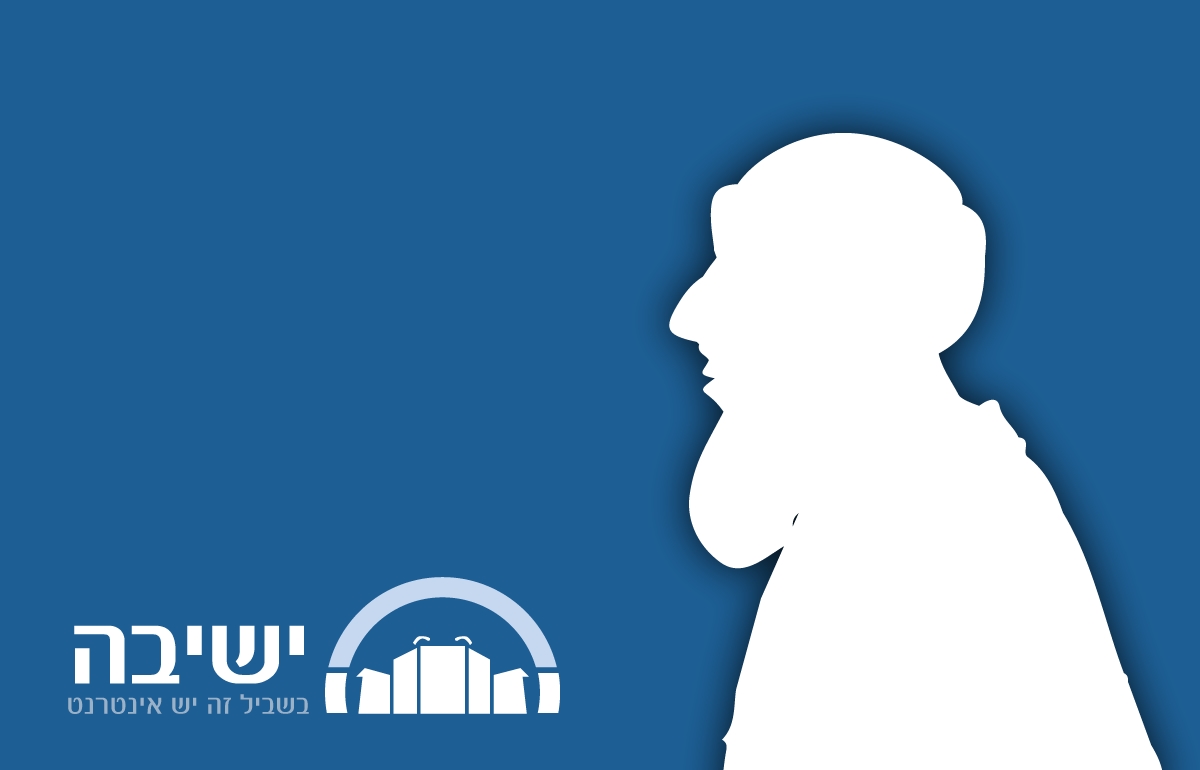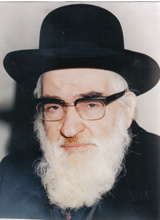104
How did Am Yisrael view their existence at that point? Did they see their time as spiritual and supernatural or were they simply slogging though the mundane, pragmatic reality of the desert on their way home?
From the last five pesukim in Sefer Shemot it appears that both attitudes can be seen in the place of the anan (cloud) over the mishkan. We first find the appearance of the anan in the mishkan as a statement of HaShem's presence there, yet the Torah continues and describes the anan as being the beacon that simply announced whether it was time to move or remain in place.
This dichotomy between the holy and the profane would stay with Am Yisrael throughout their travels - in fact, it foreshadows the division of the desert story between Sefer Vayikra, whose focus is on the spiritual and Sefer Bamidbar which describes the mundane - even as they lived a miraculous existence for 40 years in the desert. Only upon entering the Land of Israel will the emphasis switch to living "normal" lives when they begin to eat the produce of the land with a cessation of manna (see Yehoshua 5:11-12).
Is life in Israel today unique and spiritual or is it ordinary and mundane?
It all depends on how you look at it...

Days on Which Tachanun Is Not Recited
Chapter Twenty One-Part Three
Rabbi Eliezer Melamed | 5775

"...but he could not become warm."
Rabbi Shimon Klein | 5761

The Significance of Completing the Mishkan
Rabbi Avraham Yitzchak HaLevi Kilav | 28 Adar 5785

Pirkei Avot between Pesach and Shavuot
Rabbi Berel Wein | 5769

Daf Yomi Sanhedrin Daf 105
R' Eli Stefansky | 3 Nisan 5785

Ask the Rabbi: Erev Pesach That Falls on Shabbat
Rabbi Daniel Mann | Nisan 5785

The Paschal Offering
Rabbi Moshe Leib Halberstadt | 6 Nissan 5785






